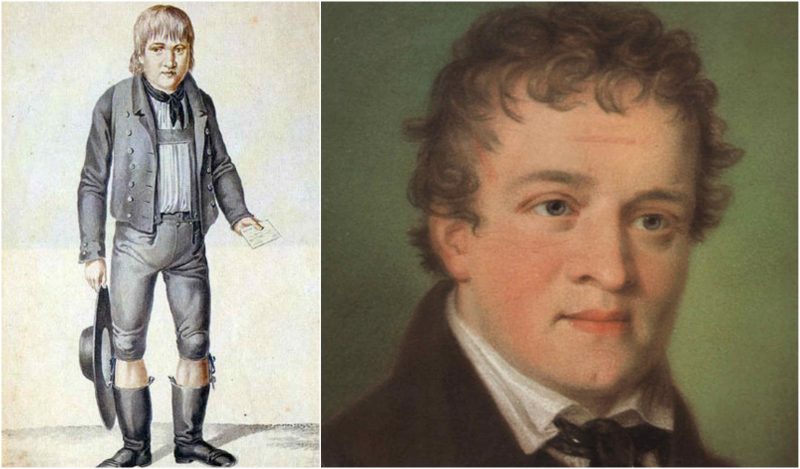One quiet day in 1828, the citizens of Nuremberg in Germany got a strange visitor in their town. It was a young boy, barely walking and mumbling nonsense. He was holding a letter addressed to the Honorable Captain of the Light Cavalry in Nuremberg.
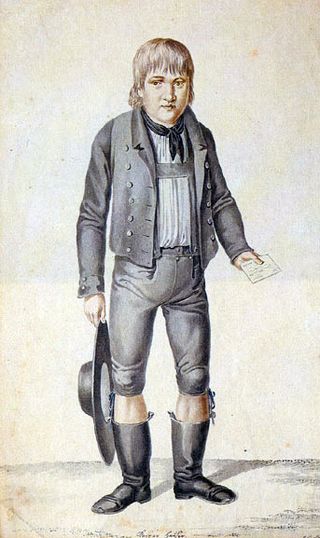
The letter was by an anonymous author and stated that the boy is skilled in reading and writing, but has never been outside of the house. Further letter said that the boy would like to become a cavalryman “as his father was” and invited the captain either to take him in or to hang him.
Another letter, possibly written by the boy’s mother and addressed to his prior caretaker stated that the boy’s name was Kaspar and that he was born in 1812. Later it was revealed that both letters had the same handwriting.
At first, he was given food but refused any other meal than bread and water. He didn’t talk but constantly repeated “I want to be a cavalryman, as my father was”, “Horse! Horse!”, and “Don’t know” to all questions asked by people.
His first caretaker in Nuremberg was a jailer named Andreas Hiltel. Kaspar lived with Hiltel’s family and befriended with his children. He seemed to be a very quick learner and enriched his vocabulary quite fast.
The jailer reported that Kaspar had limited expressions on his face and couldn’t see the difference between man and woman despite their clothing. There are also reports that he had unsteady feet and couldn’t walk properly, but he had no problems climbing the stairs to his room. He seemed content at the time.
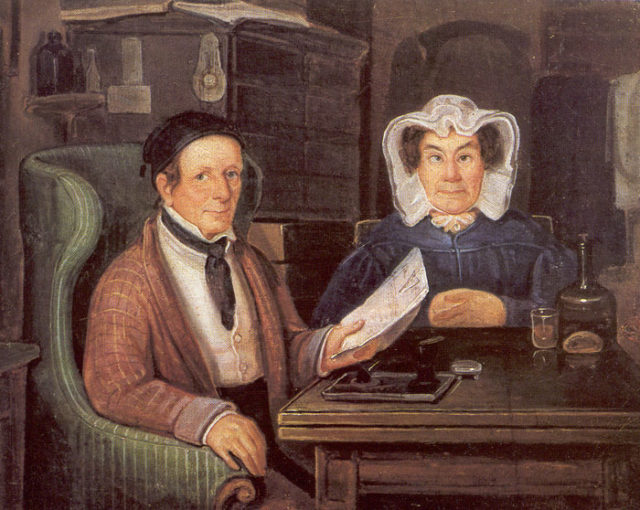
Kaspar had many conversations with Mayor Binder who tried to dig into Kaspar’s past.
But the boy seemed to tell a different story each time. He was talking about a man who kept him in a cell, gave him only bread and water, and made him repeat the sentence “I want to be a cavalryman, as my father was.”
In accordance to the story, it was first assumed that Kaspar was a feral child.
As Kaspar’s case gained international attention, the president of the Bavarian court of appeals, Paul Johann Anselm Ritter von Feuerbach, personally began an investigation into it.
Further, Kaspar was given to the schoolmaster and speculative philosopher, Friedrich Daumer, who acted as Kaspar’s teacher and who also discovered Kaspar’s talent for drawing.
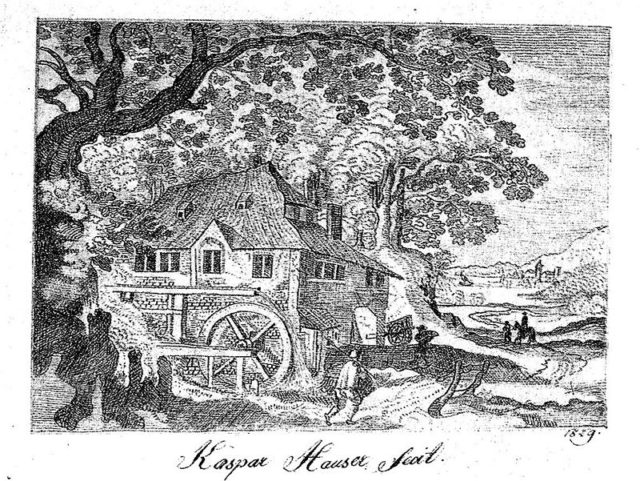

One day in 1829 Kaspar did not show up for lunch at Daumer’s home and was found bleeding from a cut wound on the forehead in the cellar of the house.
He claimed that he was attacked by a hooded man who warned him saying “You still have to die ere you leave the city of Nuremberg.” He also claimed that he recognized the voice of the attacker to be the same as the one of the man who brought him to the city.
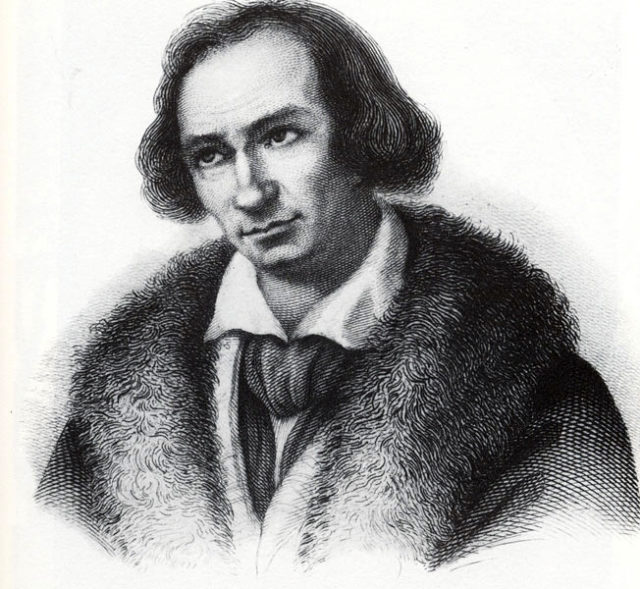
When the police investigated the house they assumed that Kaspar was hurt in his room with a razor blade and instead of asking for help, he went to the cellar.
He might have hurt himself in order to provoke attention and pity, and to avoid a meeting with Daumer who raised suspicious of Kaspar’s nature and honesty. The incident also fueled rumors about Kaspar’s possible descent from Hungary, England or the House of Baden.
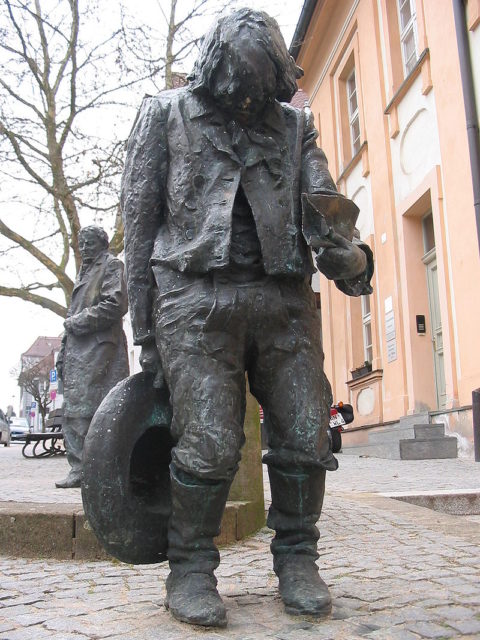
Only a few months later, in 1830, there was a pistol shot in Kaspar’s room at the Biberbachs’ house. He claimed that he wanted to reach some books so he climbed a chair which fell and while trying to hold on the balance, Kaspar accidentally tore the pistol hanging on the wall.
Whatever the truth was, the Biberbachs grew suspicious of the boy. When Mrs. Biberbach commented on his “horrendous mendacity” and “art of dissimulation” and called him “full of vanity and spite”, Kaspar was transferred to the house of Baron von Tucher. Not long after, von Tucher complained about the boy’s tendency to lie.
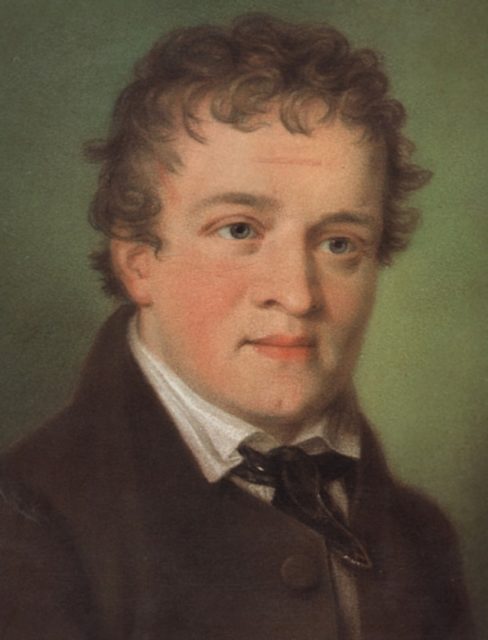
In 1831, a British nobleman, Lord Stanhope, became interested in Kaspar’s case and began investigating it. The investigation led him to Hungary after which he took the boy into his custody. He also paid for Kaspar to be taken to Ansbach, to the care of a schoolmaster named Johann Georg Meyer.
Only a year after, he gave up the idea of taking Kaspar to England and never visited the boy again. After Kaspar’s death, Stanhope published a book in which he confessed to being deceived.
Kaspar’s stay in Ansbach with his schoolmaster Meyer was still covered by Stanhope. He got employed as a copyist in the local law office there but seemed unhappy with his situation, still hoping for his trip in England. After it was clear to him that Stanhope had lost his interest, Kaspar began to have serious fights with Meyer. Meyer then wrote a note to Feuerbach which said: “Kaspar Hauser is a smart scheming codger, a rogue, a good-for-nothing that ought to be killed.”
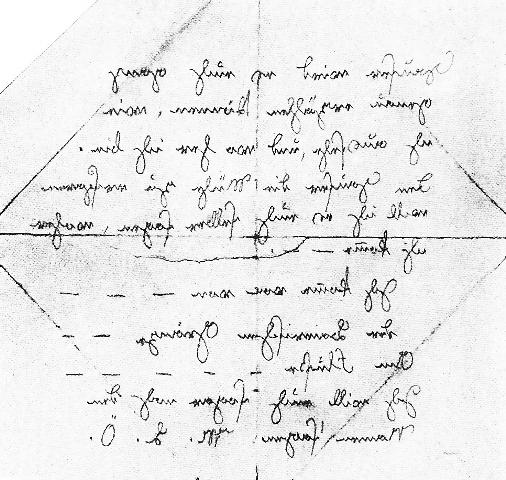
In December 1833, Kaspar came home with a deep wound in his left breast. Once again he claimed to have been attacked and that he received a written message from his attacker, saying:
“Hauser will be able to tell you quite precisely how I look and from where I am. To save Hauser the effort, I want to tell you myself from where I come _ _ . I come from from _ _ _ the Bavarian border _ _ On the river _ _ _ _ _ I will even tell you the name: M. L. Ö.”
Hauser died of his deadly wound 1833.
Forensic doctors agreed that the wound could indeed be self-inflicted. Many authors believe that he wounded himself in a bid to revive public interest in his story and to convince Stanhope to fulfil his promise to take him to England, but that he stabbed himself more deeply than planned.
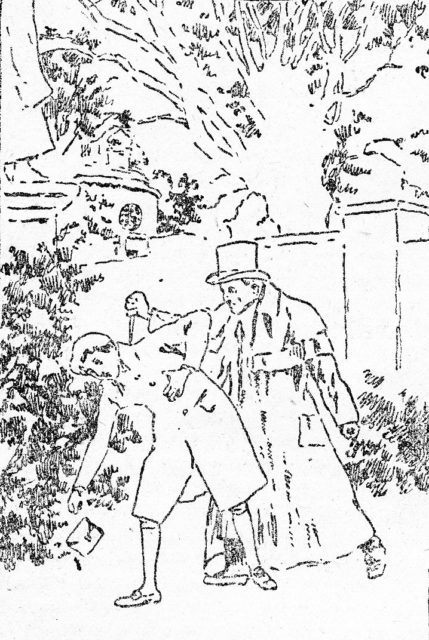
The murder of Kaspar Hauser in Ansbach garden
Contemporary speculations say that Kaspar Hauser was the hereditary prince of Baden and that the Countess of Hochberg wanting to secure the succession for her sons arranged for Kaspar to be killed.
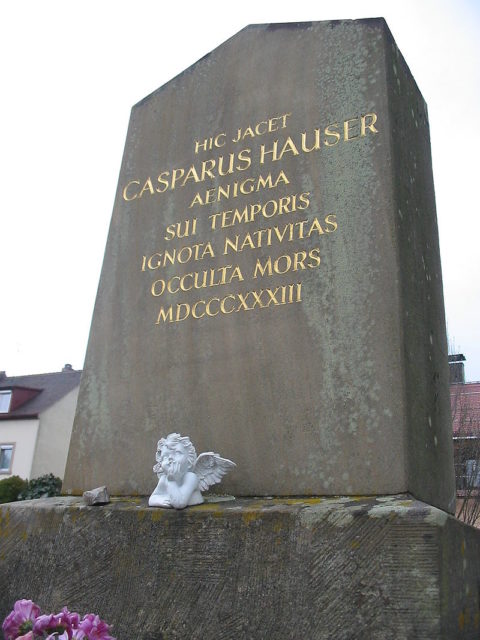
Here is another con man story for you-Victor Lustig – the con man who sold the Eiffel Tower twice
Until this day there are people who claim that he might have been the heredity prince and those who claim that he wasn’t. There are forensic doctors who claimed and claim that his wound was suicidal and those who claim it was homicidal.
